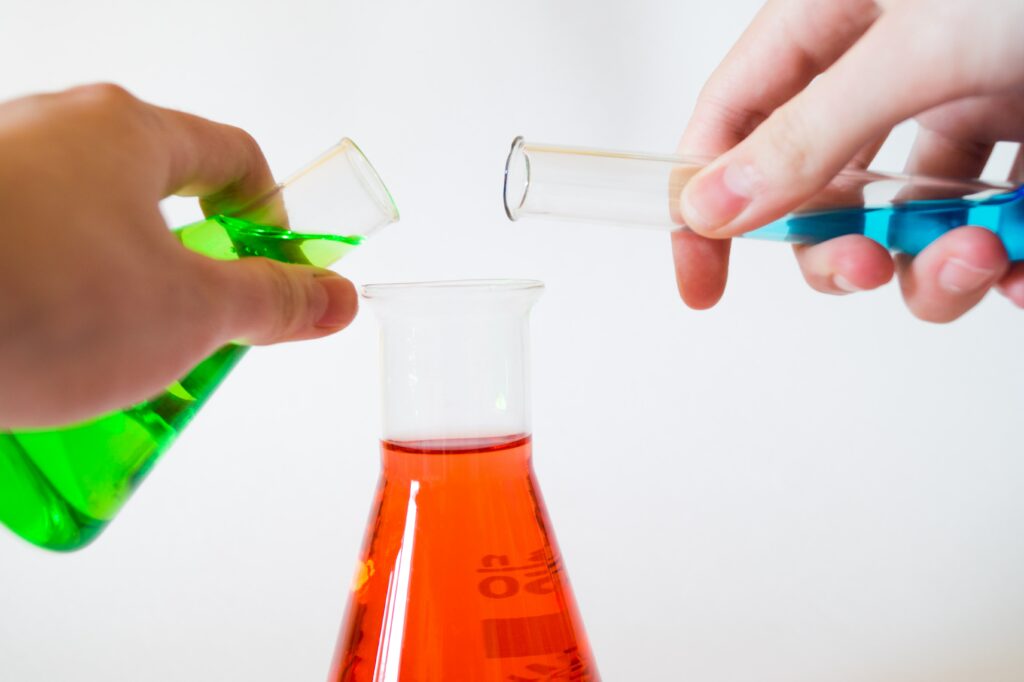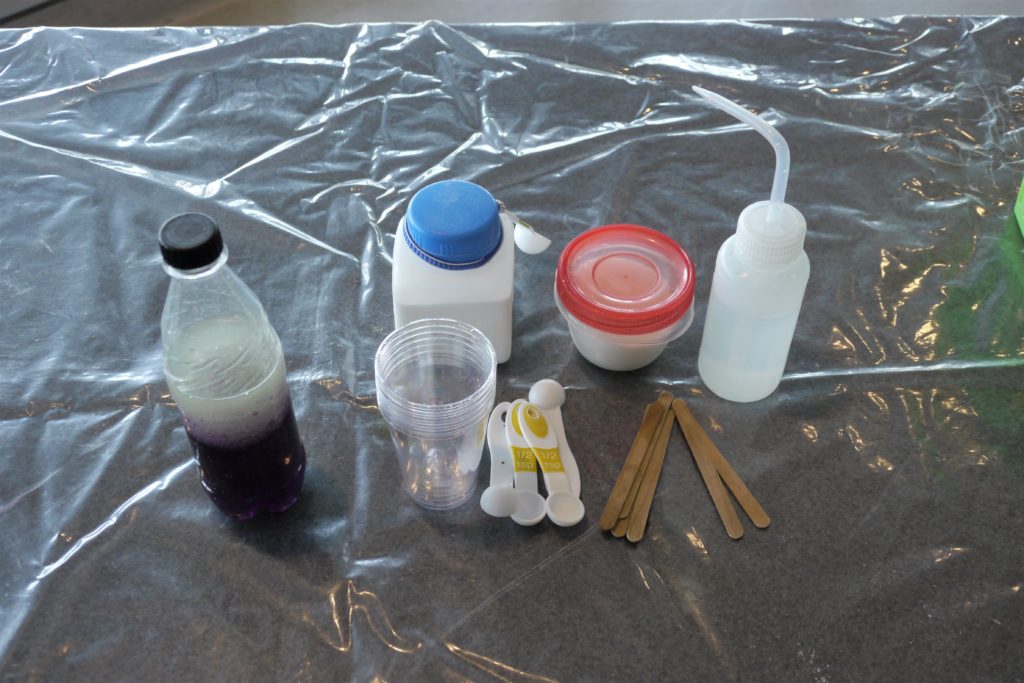In this hands-on activity, students will explore different states of matter.
Matter is all around us. It is in everything that we see that takes up space physically.
This exploration activity focuses on the three main states of matter:
- liquid
- solid
- gas.
The activity can be used to introduce or reinforce the ideas of the three different states of matter and the transitions between these states.
The activities will also help students further understand that temperature and pressure are what affect the transition of states.
Matter can appear quite different depending on which state it is in. When water is in its solid state, it is hard ice with a fixed volume and definite shape. When it becomes liquid water, it maintains its fixed volume but takes on the shape of its container. When it becomes gas, its volume becomes different along with the shape.
The particles also differ with each state. In the solid state, the forces between the particles are very strong such that they are very compact and tightly joined together and cannot freely move, but can only vibrate. Hence the very definite shape and volume of solids.
In liquids, the particles are still close to one another, but they are able to move freely, which is why liquids flow and take on the shape of their containers. It is also the reason why you cannot apply pressure to a liquid (in most cases) to cause it to take on a specific shape.
In a gas the particles move freely creating large spaces between them. A gas will expand to take on the shape of it's container and as there is space between particles they are compressible.
If you consider the particles of each state of matter, it becomes evident that pressure and temperature are the major factors that affect the transitions of matter.
- Temperature can cause molecules to move slower or faster.
- Pressure can cause molecules to become more or less packed together.


